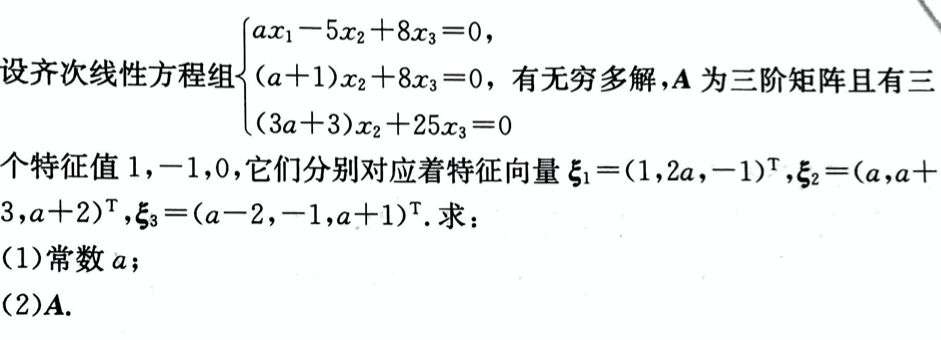Fllowing the explosion of creativity in Florence during the 14th century known as the Renaissance, the modern world saw a departure from what it had once known. It turned from God and the authority of the Roman Catholic Church and instead favoured a more humanistic approach to being. Renaissance ideas had spread throughout Europe well into the 17th century, with the arts and sciences flourishing extraordinarily among those with a more logical disposition. (46)-With (the gap between) the church’s teachings and ways of thinking being eclipsed by the Renaissance, the gap between the medieval and modern periods had been bridged, leading to new and unexplored intellectual territories.
During the Renaissance, the great minds of Nicolaus Copernicus, Johannes Kepler and Galileo Galilei demonstrated the power of scientific study and discovery. (47)-Before each of their revelations, many thinkers at the time had sustained more ancient ways of thinking, including the geocentric view that the Earth was at the centre of our universe. Copernicus theorized in 1543 that in actual fact, all of the planets that we knew of revolved not around the Earth, but the Sun, a system that was later upheld by Galileo at his own expense. Offering up such a theory during a time of high tension between scientific and religious minds was branded as heresy, and any such heretics that continued to spread these lies were to be punished by imprisonment or even death. Galileo was excommunicated by the Church and imprisoned for life for his astronomical observations and his support of the heliocentric principle.
(48)-Despite attempts by the Church to strong-arm this new generation of logicians and rationalists, more explanations for how the universe functioned were being made, and at a rate that the people-including the Church -could no longer ignore. It was with these great revelations that a new kind of philosophy founded in reason was born.
The Church’s long-standing dogma was losing the great battle for truth to rationalists and scientists. This very fact embodied the new ways of thinking that swept through Europe during most of the 17th century. (49)-As many took on the duty of trying to integrate reasoning and scientific philosophies into the world. The Renaissance was over and it was time for a new era-the Age of Reason.
The 17th and 18th centuries were times of radical change and curiosity. Scientific method, reductionism and the questioning of Church ideals was to be encouraged, as were ideas of liberty, tolerance and progress. (50)-Such actions to seek knowledge and to understand what information we already knew were captured by the Latin phrase ‘sapere aude’ or ‘dare to know’, after Immanuel Kant used it in his essay An Answer to the Question: What is Enlightenment? It was the purpose and responsibility of great minds to go forth and seek out the truth, which they believed to be founded in knowledge.
正确答案及解析
正确答案
解析
在每个启示之前,当时的许多思想家都采用更为古老的思维方式,包括地心说的观点,该观点认为地球是我们宇宙的中心。
本句主干为many thinkers at the time had sustained more ancient ways of thinking,可以翻译成:当时的许多思想家都采用更为古老的思维方式,其中at the time作后置定语修饰many thinkers,可以前置翻译成:当时的许多思想家。Before each of their revelations部分为时间状语,可以翻译成:在每个启示之前。句末including the geocentric view that the Earth was at the centre of our universe是分词作后置定语修饰ways of thinking,其中that后是同位语从句修饰限定view,可翻译成:包括地心说的观点,该观点认为地球是我们宇宙的中心。




